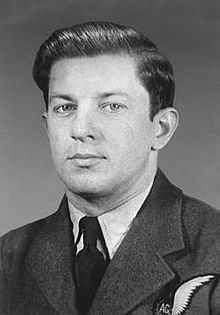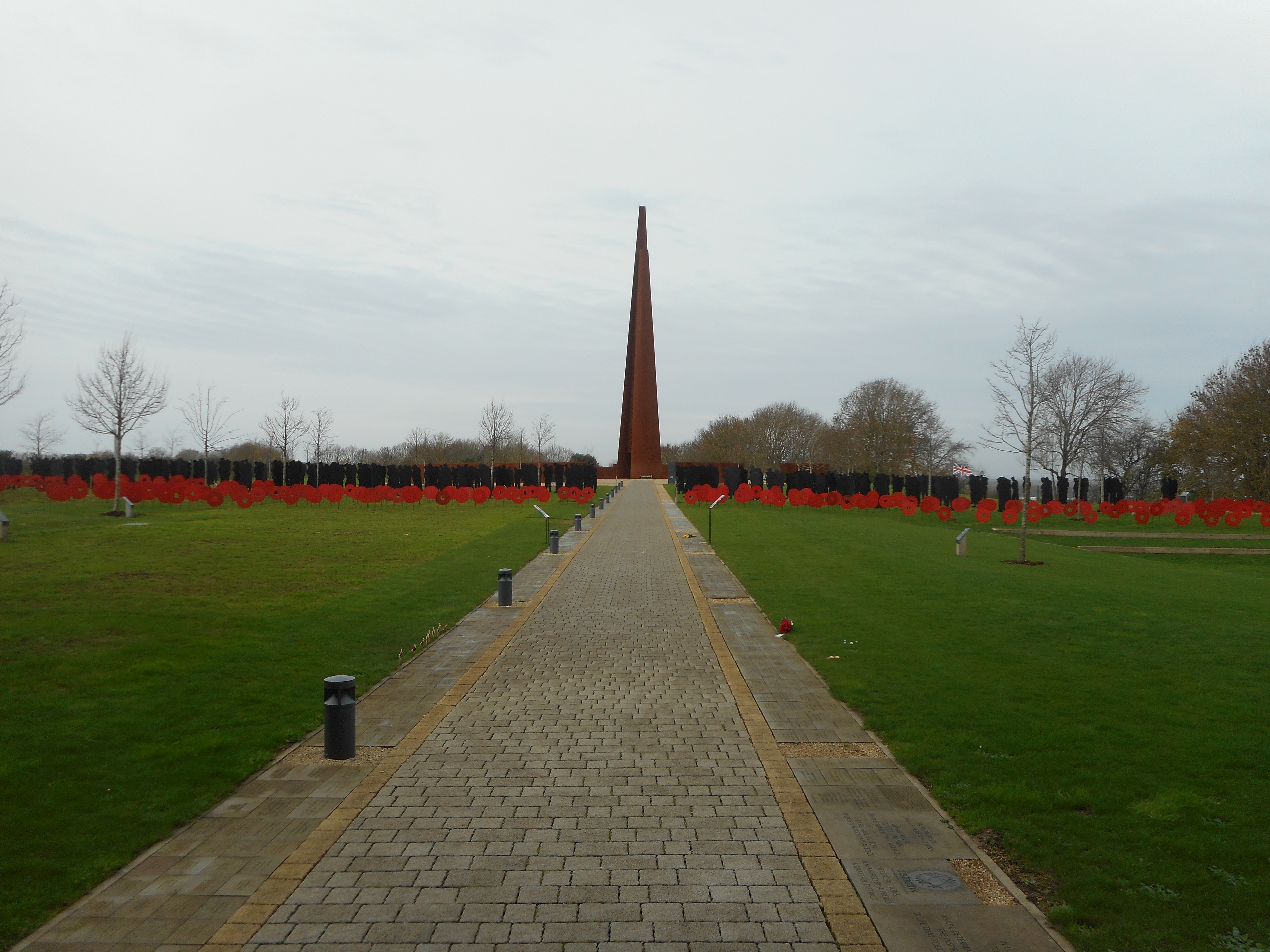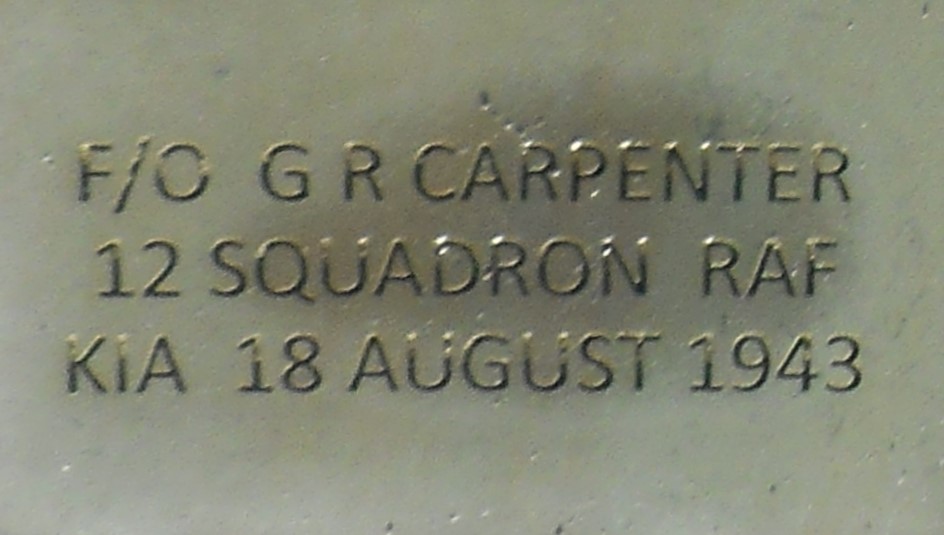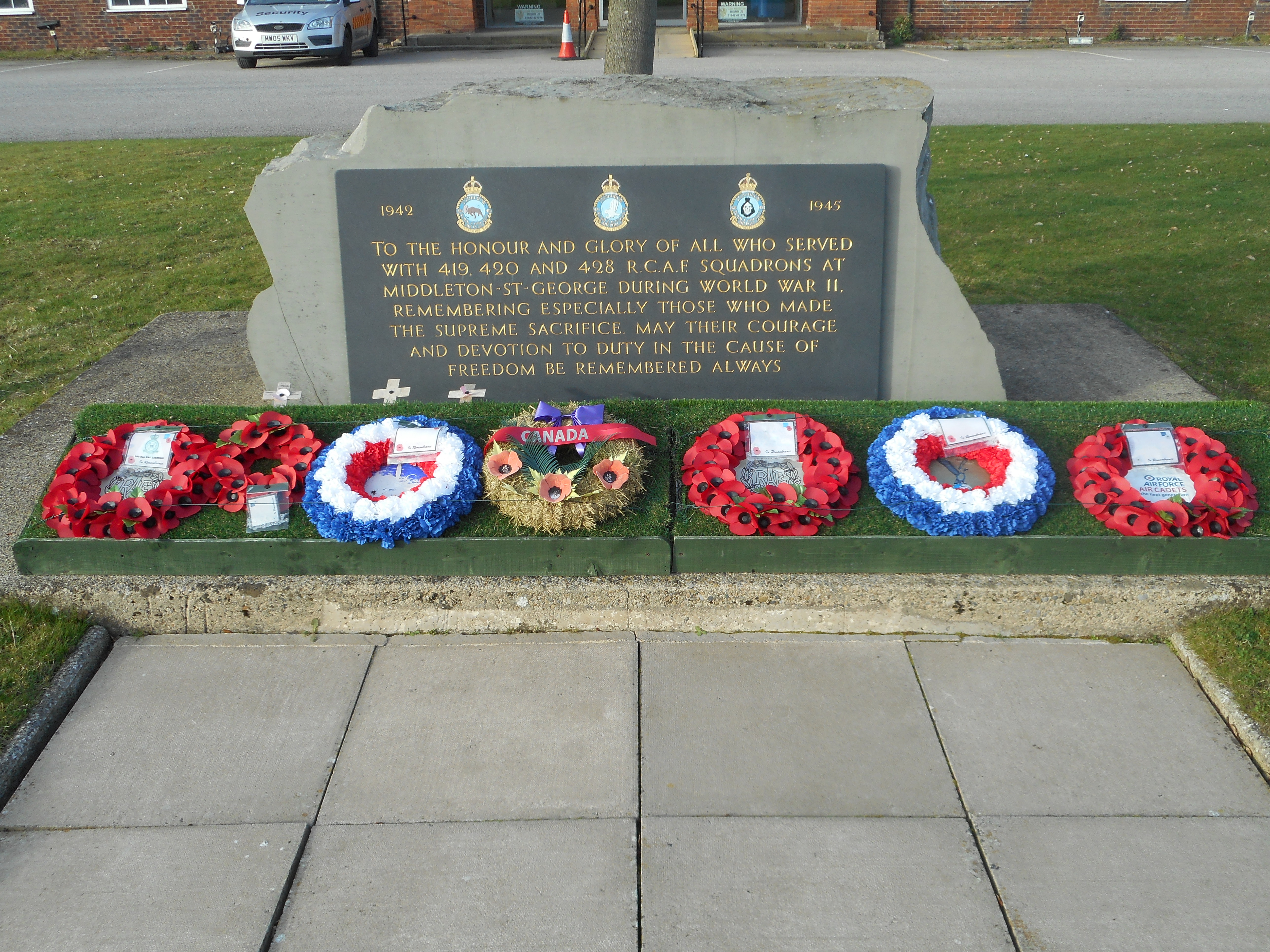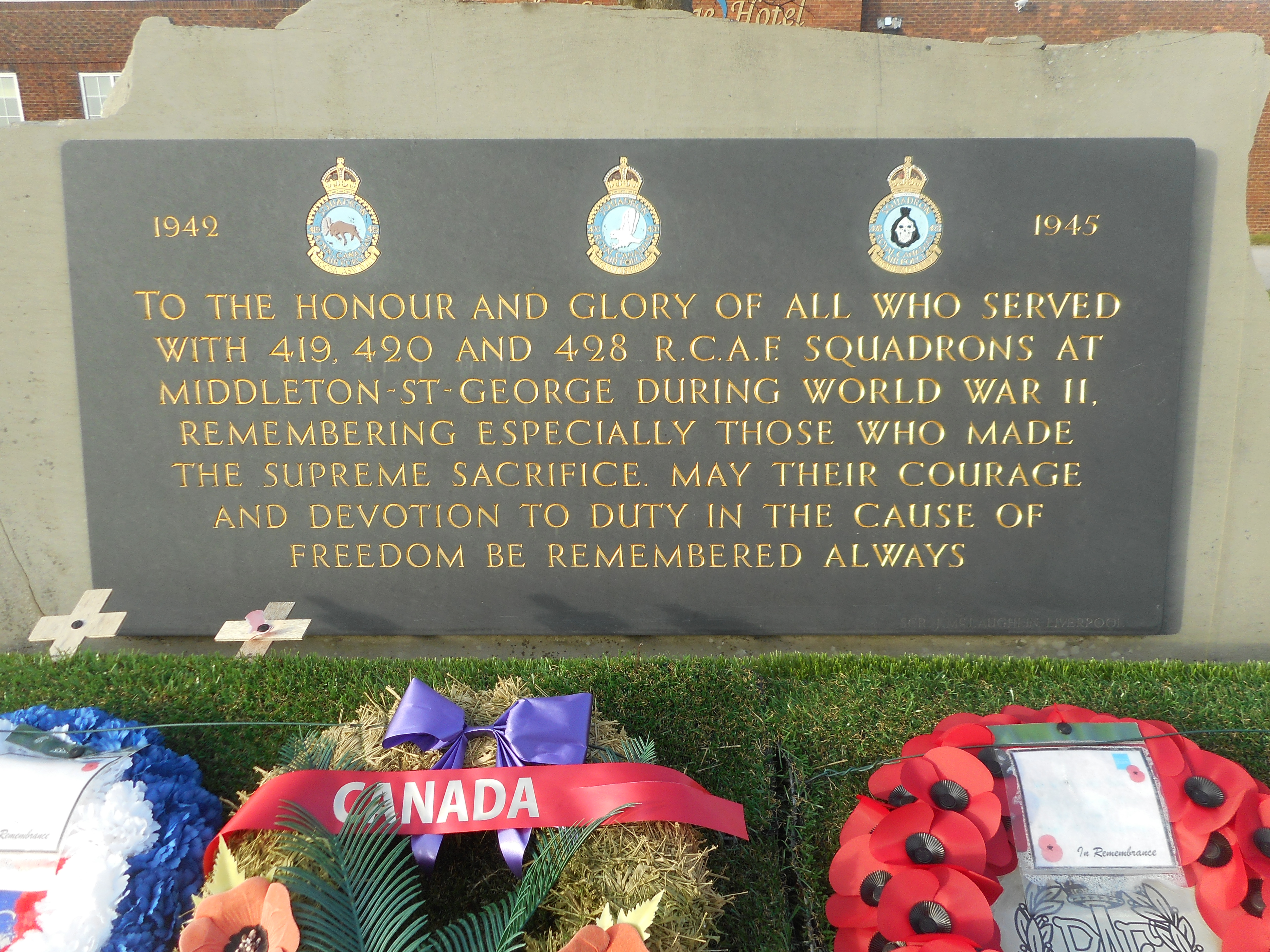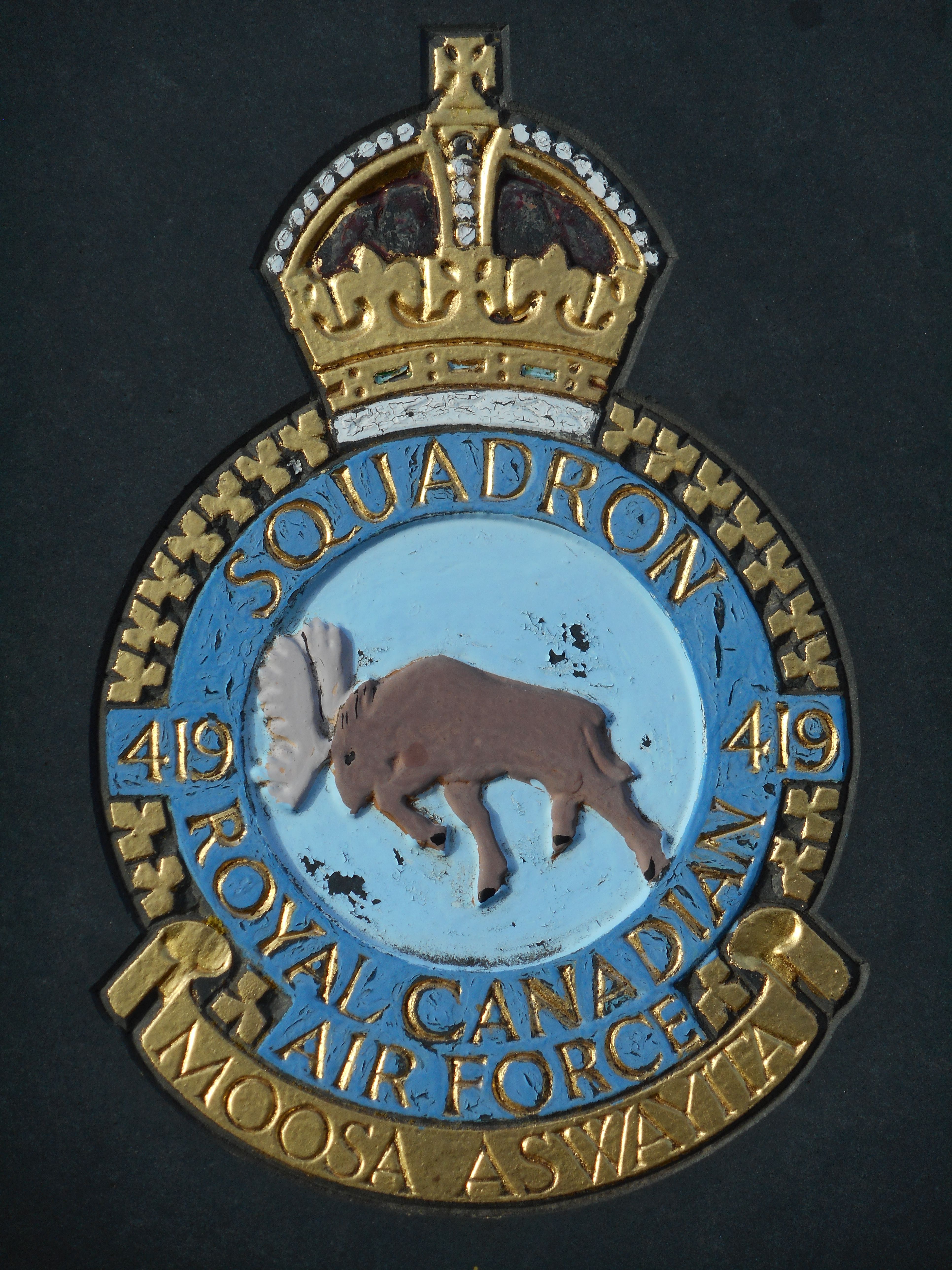Mynarski, Andrew Charles
Personal Information
| Rank | P/O |
| Forename(s) | Andrew Charles |
| Surname | Mynarski |
| Gender | M |
| Age | 27 |
| Decorations | VC |
| Date of Death | 13-06-1944 |
| Next of Kin | Son of Anna Mynarski, of Winnipeg, Manitoba, Canada. |
Aircraft Information
| Aircraft | Avro Lancaster X |
| Serial Number | KB726 |
| Markings | VR-A A-Apple |
Memorial Information
| Burial/Memorial Country | France |
| Burial/Memorial Place | Meharicourt Communal Cemetery |
| Grave Reference | Brit. Plot. Grave 40. |
| Epitaph | IN MEMORY HE WILL ALWAYS LIVE. EVER REMEMBERED BY MOTHER AND FAMILY |
IBCC Memorial Information
| Phase | 2 |
| Panel Number | 217 |
Enlistment Information
| Service Number | J/87544 |
| Service | Royal Canadian Air Force |
| Group | 6 |
| Squadron | 419 (Moose) |
| Squadron Motto | Moosa aswayita |
| Trade | Air Gunner |
| Country of Origin | Canada |
Other Memorials
| Location | Outside Former St. Georges Hotel, Teesside Airport, County Durham |
| Country | United Kingdom |
| Memorial Type | Metal Statue and inscribed metal plaque |
| Memorial Text | A statue and memorial to Plt Off A C Mynarski VC, 419 Sqn RCAF |
| Location | Mynarski Lakes, Manitoba; Between Amisk Park Reserve and Hwy 391 |
| Country | Canada |
| Memorial Type | Lakes |
| Memorial Text |
| Location | International Bomber Command Centre, Canwick Hill, Lincoln, Lincolnshire |
| Country | United Kingdom |
| Memorial Type | Inscribed stone tablet |
| Memorial Text | F/O G.R. Carpenter 12 Sqn RAF KIA 18 August 1943 |
| Location | Outside Former St. Georges Hotel, Teesside Airport, County Durham |
| Country | United Kingdom |
| Memorial Type | Inscribed Slate Memorial Tablet on Stone Memorial |
| Memorial Text | A memorial to Nos 419, 420 and 428 Sqns RCAF who flew from RAF Middleton St George during WW2 |
Miscellaneous Information
| VC Citation (London Gazette 11th October 1946): "“Pilot Officer Mynarski was the mid-upper gunner of a Lancaster aircraft, detailed to attack a target at Cambrai in France, on the night of 12th June, 1944. The aircraft was attacked from below and astern by an enemy fighter and ultimately came down in flames. As an immediate result of the attack, both port engines failed. Fire broke out between the mid-upper turret and the rear turret, as well as in the port wing. The flames soon became fierce and the captain ordered the crew to abandon the aircraft. Pilot Officer Mynarski left his turret and went towards the escape hatch. He then saw that the rear gunner was still in his turret and apparently unable to leave it. The turret was, in fact, immovable, since the hydraulic gear had been put out of action when the port engines failed, and the manual gear had been broken by the gunner in his attempts to escape. Without hesitation, Pilot Officer Mynarski made his way through the flames in an endeavour to reach the rear turret and release the gunner. Whilst so doing, his parachute and his clothing, up to the waist, were set on fire. All his efforts to move the turret and free the gunner were in vain. Eventually the rear gunner clearly indicated to him that there was nothing more he could do and that he should try to save his own life. Pilot Officer Mynarski reluctantly went back through the flames to the escape hatch. There, as a last gesture to the trapper gunner, he turned towards him, stood to attention in his flaming clothing and saluted, before he jumped out of the aircraft. Pilot Officer Mynarski’s descent was seen by French people on the ground. Both his parachute and clothing were on fire. He was found eventually by the French, but was so severely burnt that he died from his injuries. The rear gunner had a miraculous escape when the aircraft crashed. He subsequently testified that, had Pilot Officer Mynarski not attempted to save his comrade’s life, he could have left the aircraft in safety and would, doubtless, have escaped death. Pilot Officer Mynarski must have been fully aware that in trying to free the rear gunner he was almost certain to lose his own life. Despite this, with outstanding courage and complete disregard for his own safety, he went to the rescue. Willingly accepting the danger, Pilot Officer Mynarski lost his life by a most conspicuous act of heroism which called for valour of the highest order.” |
| Andrew was born on 14 October 1916 at Winnipeg, Manitoba the second son of Anna and Stanley Mynarski of Winnipeg. His parents were both recent Polish immigrants. He had five siblings, two brothers and three sisters, one of whom was named Stephanie. He attended King Edward and Isaac Newton schools, both elementary. He later graduated from St. John‘s Technical college. After his father died when Andrew was sixteen, he left his studies and became a leather worker as a chamois cutter for four years to help support his mother. He briefly worked with the Royal Winnipeg Rifles and then enlisted in the RCAF in September 1941. |
| A group of lakes in Manitoba are named in his honour (Grid reference: 56.158, -99.030) |
Commonwealth War Graves Commission
The National Archives
Last Operation Information
| Start Date | 12-06-1944 |
| End Date | 13-06-1944 |
| Takeoff Station | Middleton St. George |
| Day/Night Raid | Night (58% moon) |
| Operation | Cambrai- to bomb railway facilities. Part of a 671 aircraft force to further hamper lines of communications leading to the Normandy area. Cambrai and Caen attacks were scattered but Amiens, Arras and Poitiers were accurate. 23 aircraft were Lost (3.4%) including that of Charles Mynarski VC, the subject of the Canadian Lancaster 'Vera'. |
| Reason for Loss | Shot down by a night-fighter (Ju 88) whose cannon fire destroyed both port engines and the hydraulic lines in the fuselage. WO2 Mynarski attempted to free the rear gunner who was trapped in the turret due to the failure of the hydraulics, despite the fire raging in the fuselage. Without success, the rear gunner waved Mynarski away but by then his clothes were ablaze and he did not survive for more than a few minutes on the ground. He was posthumously awarded the VC for his outstanding bravery and the Canadian Lancaster 'Vera' is dedicated in his honour. |
